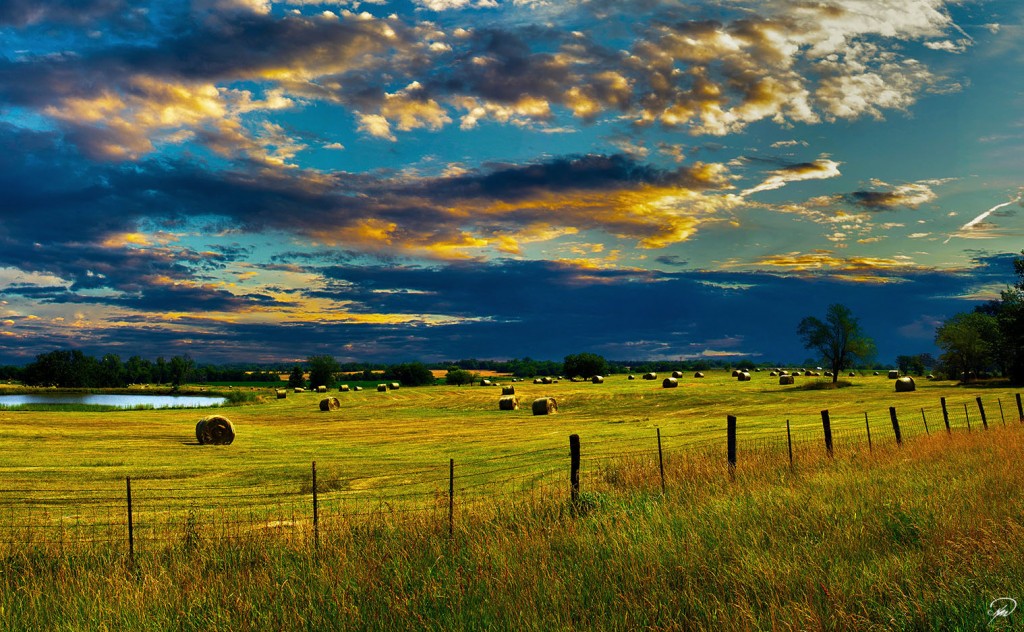New data from 1985 to 2022 shows a 50% growth in Brazilian farming. This expansion now covers 10.6% of the country, says a MapBiomas study
Initially, it was 22% or 187.3 million hectares. Now, it’s one-third of Brazil’s national territory at 282.5 million hectares.
If correct, this would be larger than all of Argentina (278 million hectares), Kazakhstan (272 million hectares), or ten times the size of Ecuador or New Zealand.
Pasturelands account for 58% of this area. Their size has surged by 60% since 1985. Most of this growth happened in the Amazon.
The pressure area jumped from 13.7 million to 57.7 million hectares. Thus, the Amazon has overtaken Cerrado in pasture size.
However, Cerrado stays ahead in agriculture, especially soy farming. Deforestation contributes 64% to farming growth.

This equals 64.5 million hectares. Another 10 million hectares come from direct crop farming. Meanwhile, 26% occurred in previously developed areas.
Agricultural land also rose from 19.1 to 61 million hectares. Mostly, it’s for grains and sugarcane. Particularly, soy farming expanded fourfold.
The rate of turning native vegetation into farms stayed steady. Recently, it declined from 2018 to 2022.
Notably, Matopiba, Amacro, and Pampa are the new farming hotspots.
The Cerrado and Amazon have seen the most growth in temporary crops. In the Amazon, soy fields rose from one to seven million hectares.
The Cerrado experienced a 15-fold increase, leading to soy production.
Cerrado Stays Ahead in Agriculture
Brazilian Farming is said to span an area greater than Argentina. Permanent crops like coffee and citrus tripled in area.
Their size went from 800,000 to 2.4 million hectares. Forestry also grew significantly.
It shot up from 1.5 to 8.8 million hectares, mainly in the Pampa region.
Pasture conversion rates remained high but increased again in 2013. In the Amazon, nearly half the pastures are new.
Across Brazil, only 15% are less than a decade old. In summary, both the Amazon and Cerrado are key to agricultural growth.
The data sheds light on land use changes and prompts discussions on sustainable growth.

